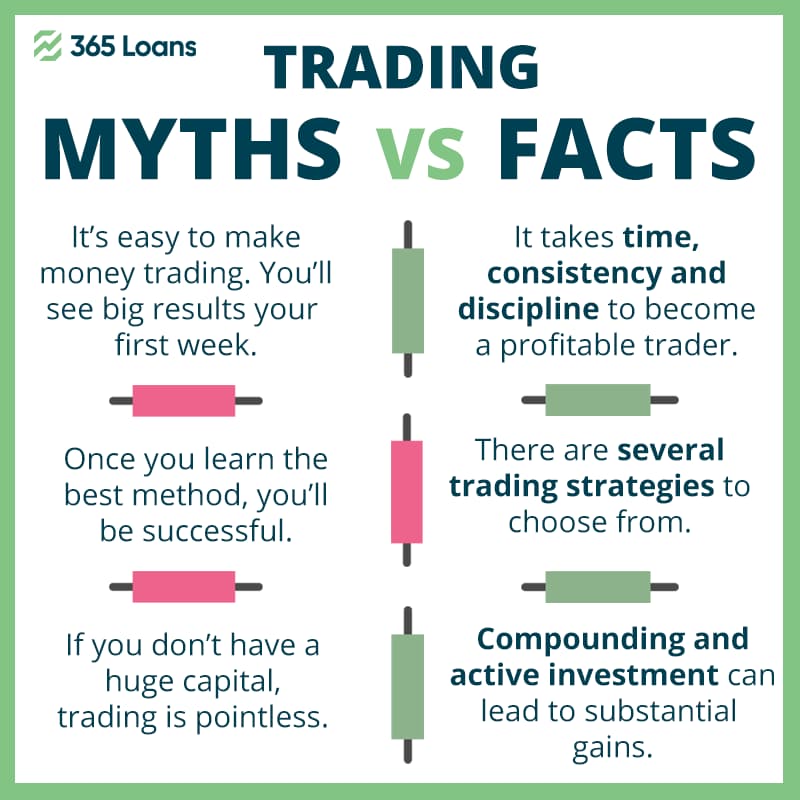Before engaging in any stock trading, one must have a thorough stock trading checklist because doing so encourages discipline, adherence to the trading plan, and confidence-building.
Stock traders usually look for short and quick rewards with day trading and strategies such as shorting, arbitrage, and fading. On the other hand, stock investors look for long-term financial gains with stock price appreciation over time. Whichever group you fall into, acclimatize yourself with key terms and preparation steps you should be aware of first before starting your stock trading journey.

Here is a list of fundamentals to check before placing an order in order to have fair trading each time.
10-step Stock Trading Checklist
Step 1: ✓ Decide on your Stock Trading Broker
Either you can register yourself as a stockbroker on a stock exchange or hire one. Your stock trading will have to happen through a stockbroker. You can adapt the DIY stock trading strategies with both stock trading yourself or through a middle man. Your options for selecting a stockbroker will include:
- Traditional stock brokerage houses;
- Online Broker System, both automated and manual stock trading systems;
- Robo-Advisors; analyzing and performing stock trading strategies on your behalf;
- DIY stockbroker system with the help of a stock market signal system or software.
Step 2: ✓ Get familiar with the Stock Market Trading Categories
Familiarize yourself with the concept that stock or shares are not the only instruments traded on the stock markets. You can choose to start stock trading with different financial instruments such as:
- Stocks or Shares: The apparent option of trading in stocks or shares. Remember, there are different stocks to choose from, such as dividend and growth stocks.
- Mutual Funds and ETFs: Mutual Funds and exchange trading funds are investment options portfolios. ETFs comprise different stocks, often called index funds. Mutual funds, on the other hand, may include stocks, bonds, and government-issued securities. The latter is usually a less risky investment option and offers a consistent and low return.
- Bonds: Large financial institutes and governments issue bonds in the market to raise capital for their project funding. These investments provide consistent and low rewards.
Step 3: ✓ Perform due diligence on selected stocks
Perform due diligence on the stock you want to buy. You can choose patterns and trend analyses, market signals, news and journals, and financial advisory services to seek information on stock performance. Check for the difference in stock price gaps called the “spread” in a stock price – the stock’s liquidity and the volume of shares traded.
Step 4: ✓ Utilize stop or limit loss orders
Stop or limit loss orders are used to minimize the losses on stock trading. These stop-loss orders can be used with both automating and manual methods. However, they require specification of risk strategy and physical amount of losses to determine the point where trading will cease.
Step 5: ✓ Check if the market is trending
Trading in the direction of a strong trend can increase the likelihood of making profitable deals, as experienced traders should be aware of. Therefore, if the stock price is in a strong trend, you need to determine whether you want to use the trend as a trading opportunity in your trading strategy.

The proverb “the trend is your best friend” is widely recognized.
Step 6: ✓ Decide on your risk-to-reward ratio
The number of pip you are willing to risk to attain their goal is referred to as the risk-to-reward ratio.
You should have a favorable risk-reward ratio, such as a 1:2 ratio, which implies you should risk no more than what you stand to gain from a successful transaction. Thus, before executing any trading order, you must consider your risk-to-reward ratio.
Step 7: ✓ Have a backup plan for your Exit Strategy
You might not always make money from your trades, nor can it be always correct. As a result, you should always have a fallback strategy if the prices do not meet your expectations.
You should always place a stop order before taking any positions to avoid excessive losses.
Step 8: ✓ Define your Stock Selling Strategy
In day-trading stock, buying and selling often happen within minutes, depending on your trading medium. So you will decide your selling and holding strategies before you buy a stock. Some common stock selling strategies include:
- Scalping: Selling the stocks you hold immediately if the profit opportunity arises;
- Fading: as the name suggests, selling the stocks when they reach a high price before fading again;
- Short-Selling: It involves buying the stocks in anticipation that prices will change (fall) immediately.
Step 9: ✓ Quantify the capital you are willing to risk
Before placing an order, you should consider how much of your capital you will lose for a single trade. When you become overconfident in one deal, it is occasionally possible to use all of your money in that trade and begin using the maximum amount of leverage on your account.
You can prevent this by restricting the amount of capital spent on a single trade. Additionally, you can place stops on all transactions to guarantee that the total amount at risk does not exceed 5% of the account balance.
Step 10: ✓ Monitor your trading plan progress
Last but not least, before submitting any trade orders, you should consider whether they are consistent with your trading strategy. Deviating from a trading strategy will lead to inconsistent results and only annoy the trading process.
Remember that you should not place transactions unless you have verified that you can execute the trade and that the trading checklist has been followed.
Key takeaway
Once you have decided on which financial instrument to trade or invest in, it is time to formulate a trading strategy. Your trade strategy will depend on your choices of trading types and agents you wish to trade or invest in.
Consider the following roadmap in deciding on a best-matched trading strategy for you:
- Decide between trading and investing, i.e., short-term vs. long-term plans;
- Decide on options to choose between stocks, forex, ETFs, and Commodities;
- Decide on your risk appetite and risk tolerance, how much risk you want to take, and how much risk can you bear;
- Perform due diligence on stocks before investing your time and money;
- Choose your trading platform; it will also affect your trading strategy;
- Analyze yourself or get expert advice on technical stock trends before investing, such as historical stock prices, volume, pattern, and averages;
- Select your entry and exit points on the trading strategy.







